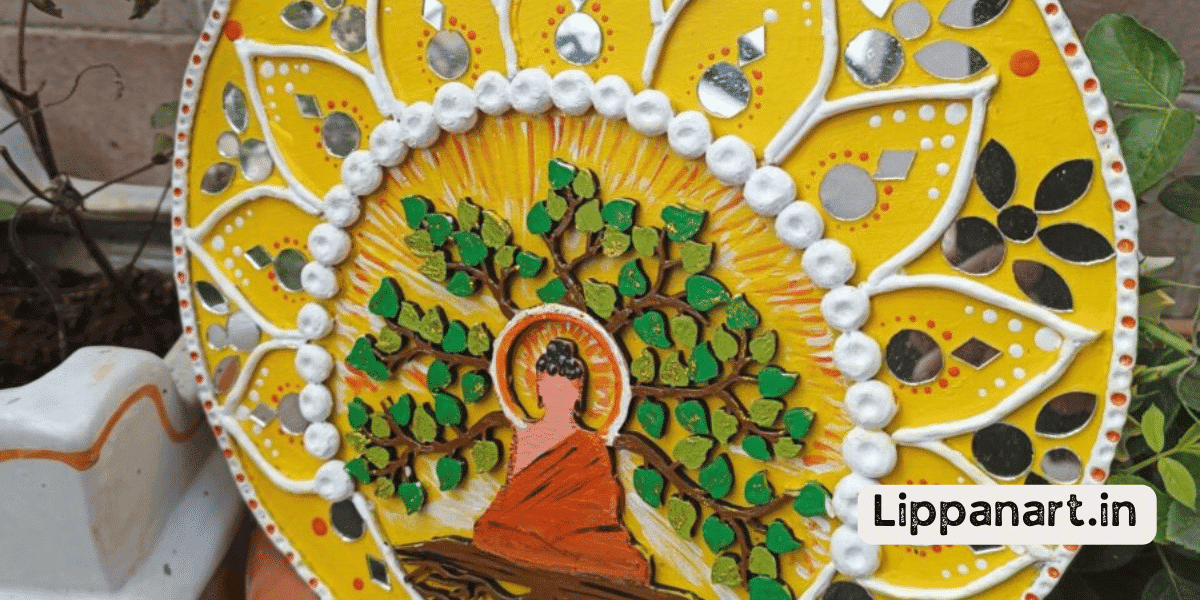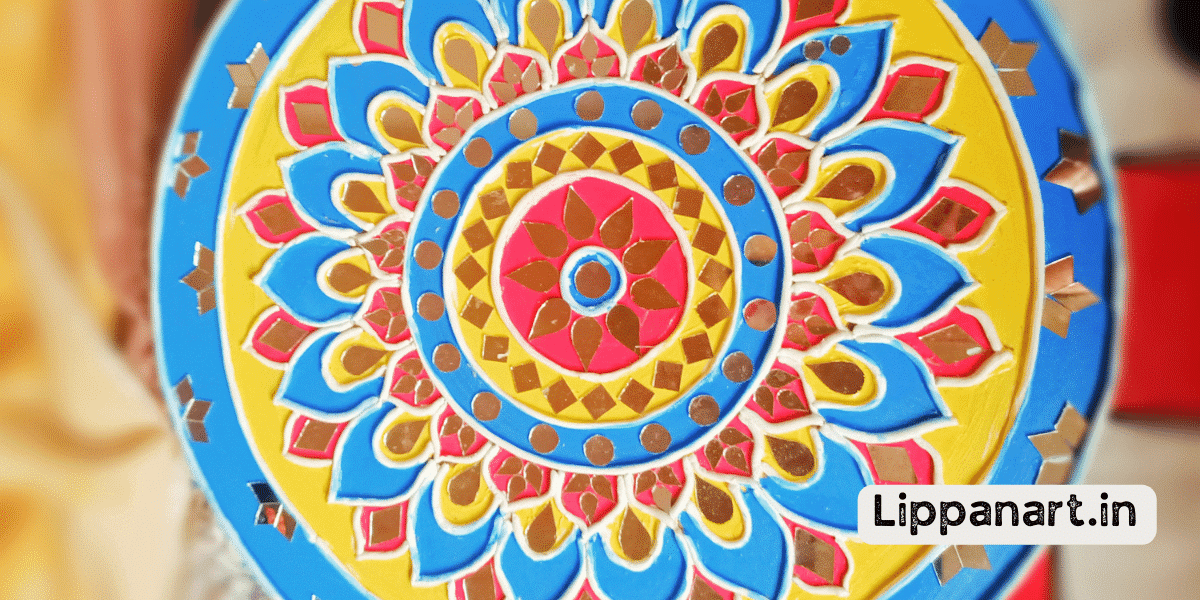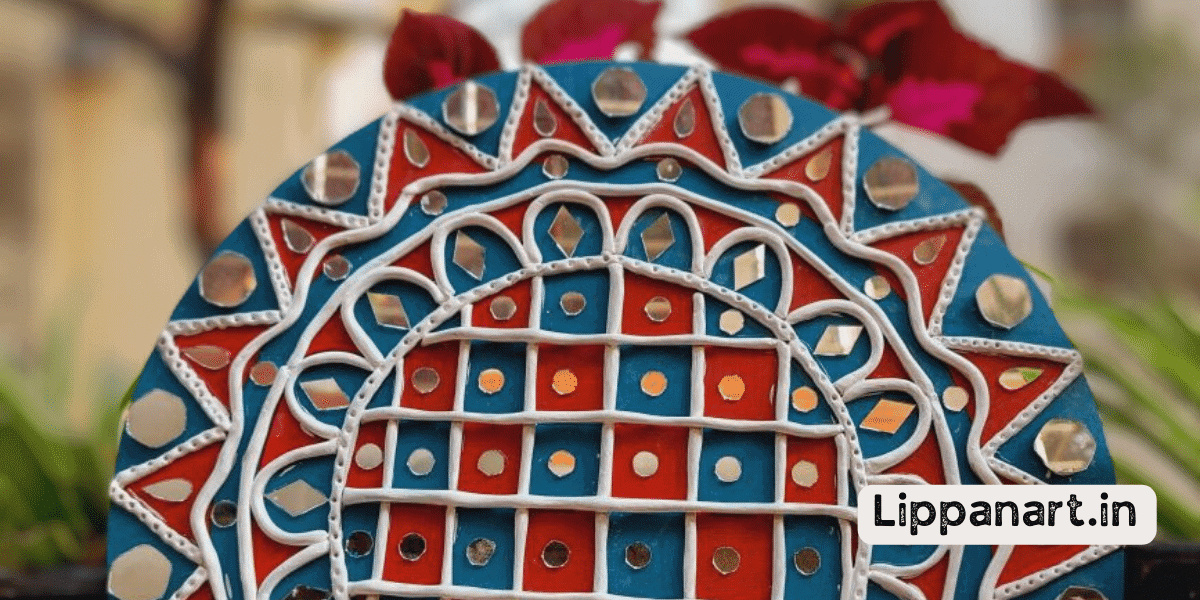Coincidentally, you’ve stumbled upon the ancient art of encaustic painting! If you want to try something new and innovative, you’ve come to the right place. Here, you’ll find all the tips and tricks to help you start your encaustic art journey.
We’ve covered you, from preparing your workspace to layering and fusing the wax. So, let’s get started and explore the world of encaustic art!
Key Takeaways
- Find a well-ventilated and distraction-free workspace
- Use high-grade, low melting point wax and quality supplies
- Experiment with different heat sources and techniques
- Incorporate texture and mark-making tools for unique effects
Prepare your workspace
To create beautiful encaustic art, preparing your workspace properly is important. Find a space in your studio that’s well-ventilated and distraction-free, with plenty of room to move around.
Choose a heat tool suited to the type of encaustic work you intend to do, and select a board or panel to work on in the size and colour you choose.
Finally, make sure you have all the necessary materials, such as wax, pigments, and tools, so that you’re ready to begin creating. With the right preparation, you can produce stunning encaustic art.
Use quality encaustic wax and pigments
Creating stunning encaustic art requires the right supplies. Quality wax and pigments should be chosen carefully, as they’ll be the basis of the final artwork. When selecting wax, look for a high-grade, low-melting point product that can be manipulated with heat and a brush. For pigments, consider the colour palette and the desired outcome before selecting.
Heat will be your tool for mixing and blending to combine the wax and pigment to create smooth and vibrant colours. Experiment to find the best combination of wax and pigment to create the desired result.
Encaustic art is a creative process that requires imagination and patience. By utilizing high-quality materials and a creative perspective, one can produce stunning pieces of art that will be admired for years.
Experiment with different heat sources
Experiment with different heat sources to achieve the desired results with your encaustic art. Heat guns, irons, and encaustic paint are the most common heat sources, and each has unique properties.
Heat guns are great for melting wax and creating extreme heat for larger areas.
Irons are excellent for heat control and achieving a consistent effect.
Encaustic paint is a great way to add layers of colour while still allowing for heat manipulation.
Always keep your workspace clean and organized for safety when working with extreme heat.
Don’t be afraid to experiment and try different techniques – you may be pleasantly surprised with the results!
- Editor’s Choice
- Best Seller
- Amazon Choice
Layer and fuse the wax
To create an encaustic artwork, layer pieces of wax onto a surface using a heat source such as a heat gun or iron. Vary the thickness of the layers for the desired effect. Be sure to use the correct temperature for the heat source, as it can affect the layers of wax.
Fusing the pieces of wax will create a smooth and even surface. For a distressed look, melt the wax and allow it to cool a certain way. This will give an interesting texture and depth to the artwork.
Experiment with different heat sources and wax layers to create your desired effect.
Explore texture and mark-making tools
Explore a variety of textures and mark-making tools to create interesting features in your encaustic artwork. You can make unique encaustic art using painting boards, masking tape, waxes, and tools. Here are some ideas to get you started:
- When painting, use masking tape to create straight lines and shapes. This tip will prevent the wax from sticking to the tape, making it easier to remove after it cools.
- Layer different waxes for a unique texture. You can create a textured look by applying a thin layer of wax followed by a thicker layer.
- Experiment with tools such as brushes, combs, and scrapers to add texture and dimension to your artwork. Try combining these tools to create interesting effects.
Be creative, and don’t be afraid to experiment. You can layer and fuse the wax with encaustic artwork to create a truly unique piece. Use the tools and materials to your advantage, and have fun!
Be cautious of overheating
Be mindful of the temperature of your tools when working with encaustic art, as overheating can damage your artwork. Use dual heat settings on your brush head or coarse tip to avoid excessive heat that could ruin the texture and colour of your waxes.
To further protect your artwork, melt coloured waxes in a double boiler rather than a hot palette. Keep your tools clean and free of wax residue to prevent overheating.
Work in a well-ventilated area
To create successful encaustic art, working in a well-ventilated area is important. Adequate air circulation should be ensured by using a fan or opening a window.
Also, keep your tools, such as a palette knife, hake brush and heat source, clean, as encaustic wax can easily pick up dirt and dust.
Ensure your heat source isn’t too powerful to avoid overheating the wax.
Use encaustic-friendly supports
For successful encaustic art, it’s important to use encaustic-friendly supports. Avoid any materials that could damage the wax. Invest in Encaustic Art supplies such as natural hair or hog bristle brushes and colour combinations that will bring your art to life.
The brush method is commonly used to apply the wax to your support, or you can use a heat gun to create interesting textures and patterns. Use the heat gun in a well-ventilated area, and always use caution when handling hot tools.
Additionally, make sure your support is made of an encaustic-friendly material, such as wood, paper, canvas, board, or metal.
You can create beautiful and long-lasting encaustic art with the right supplies and careful consideration.
Consider safety precautions
Before starting your encaustic art project, take safety precautions for your well-being. Use dry brush techniques when applying the encaustic materials to reduce the risk of heat bursts; additionally, place materials such as adhesive tape or wax between layers to prevent heat transfer. Finally, ensure your studio is well-ventilated to protect you from any harmful fumes or vapours from the encaustic materials.
To ensure your safety, here are some tips to keep in mind:
- Use dry brush techniques when applying encaustic materials
- Place materials such as adhesive tape or wax between layers to prevent heat transfer
- Keep your studio well-ventilated to avoid any harmful fumes or vapours
Practice and experiment to develop your style
Practising and experimenting with your encaustic art is essential for developing a unique style and gaining confidence in your work. All artists, regardless of their experience level, can benefit from experimenting with their art. Through experimentation, you can express yourself and your creativity in a way that is unique to you. To help you achieve your artistic goals, here are some steps you can take when experimenting with your encaustic art:
| Step | Description | Benefits |
|---|---|---|
| 1 | Try a new technique | Create unique effects |
| 2 | Vary your colors | Increase creativity |
| 3 | Incorporate previous layers | Understand texture |
| 4 | Experiment with different tools | Enhance details |
Experimentation aims to explore and understand the potential of each material you use. By practising and experimenting with your encaustic art, you can discover a style that is exclusively yours. Following these easy tips and practising regularly can create stunning encaustic art and develop your unique style!
Have fun!














